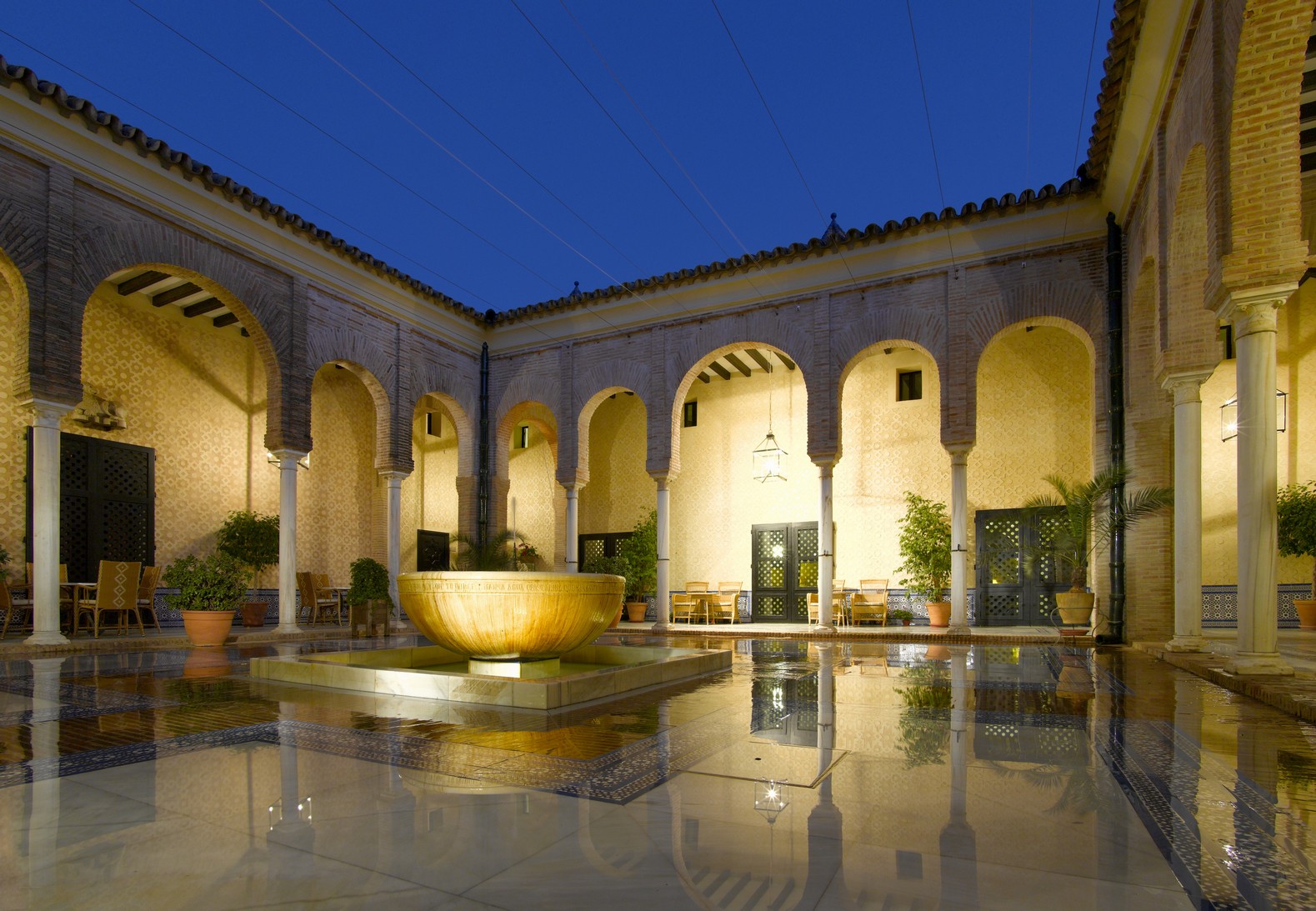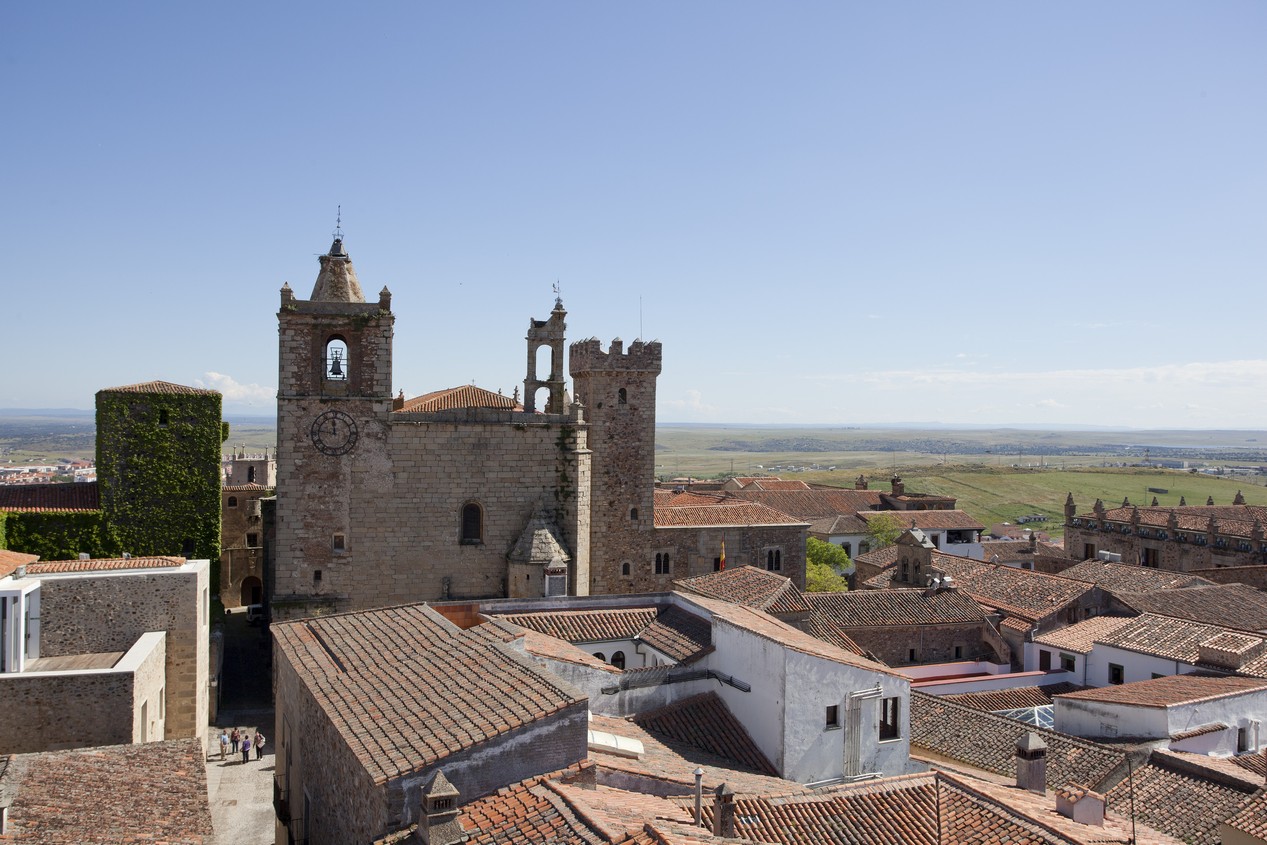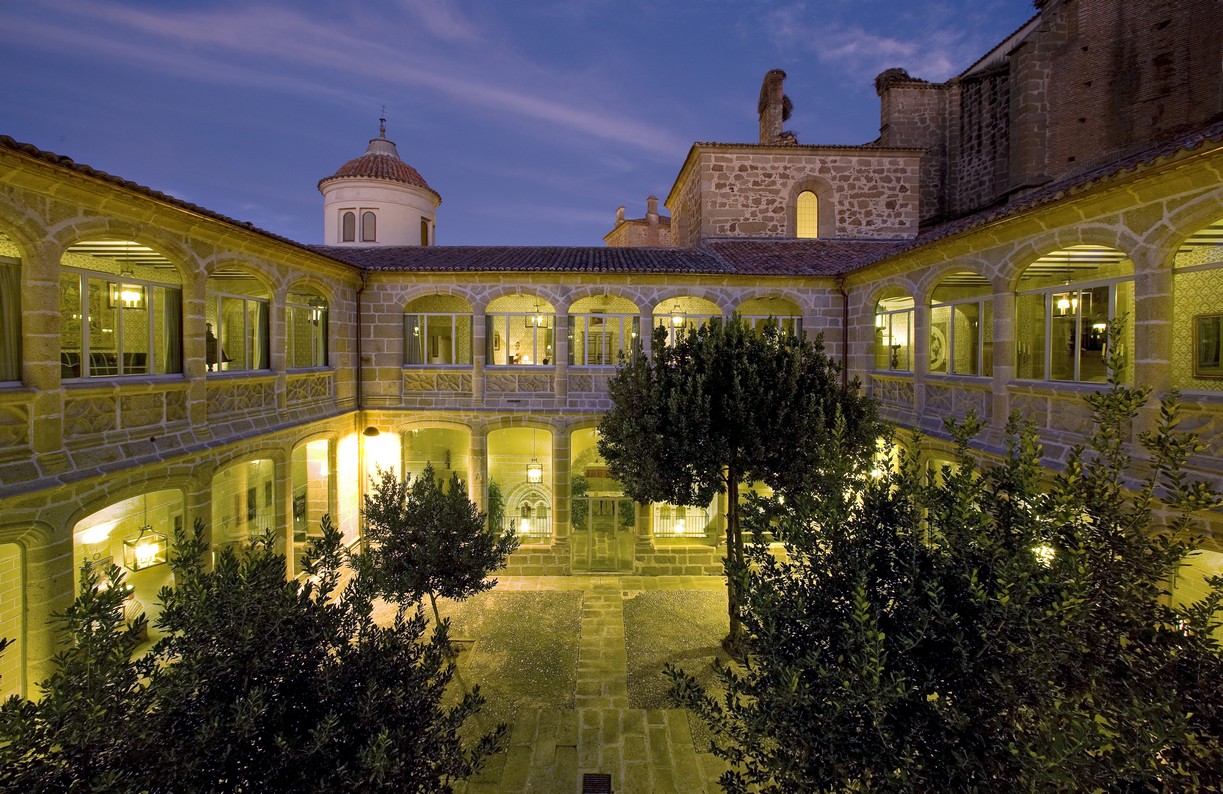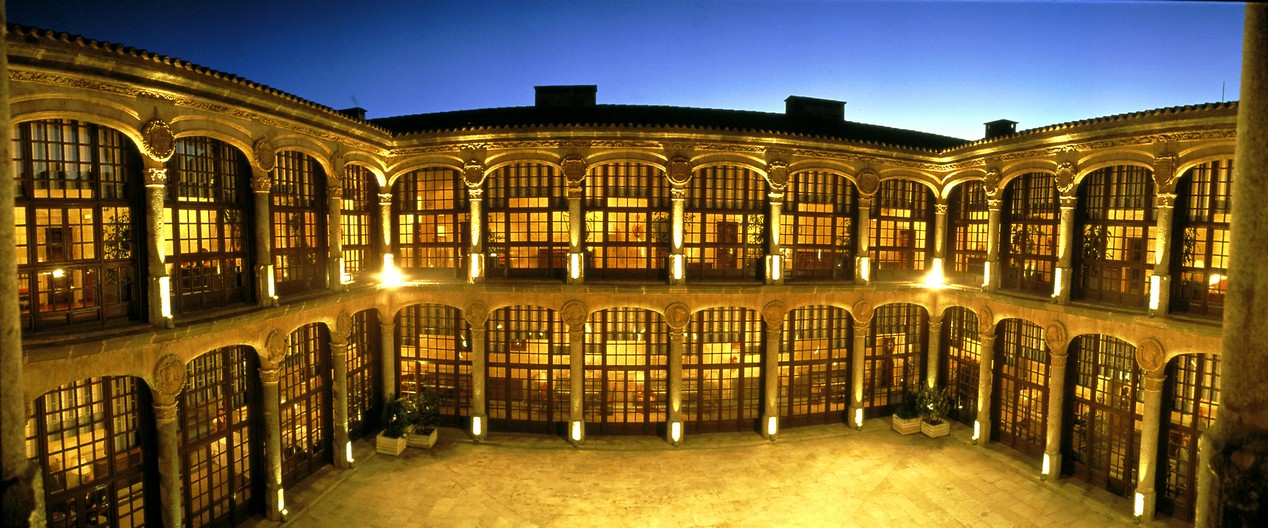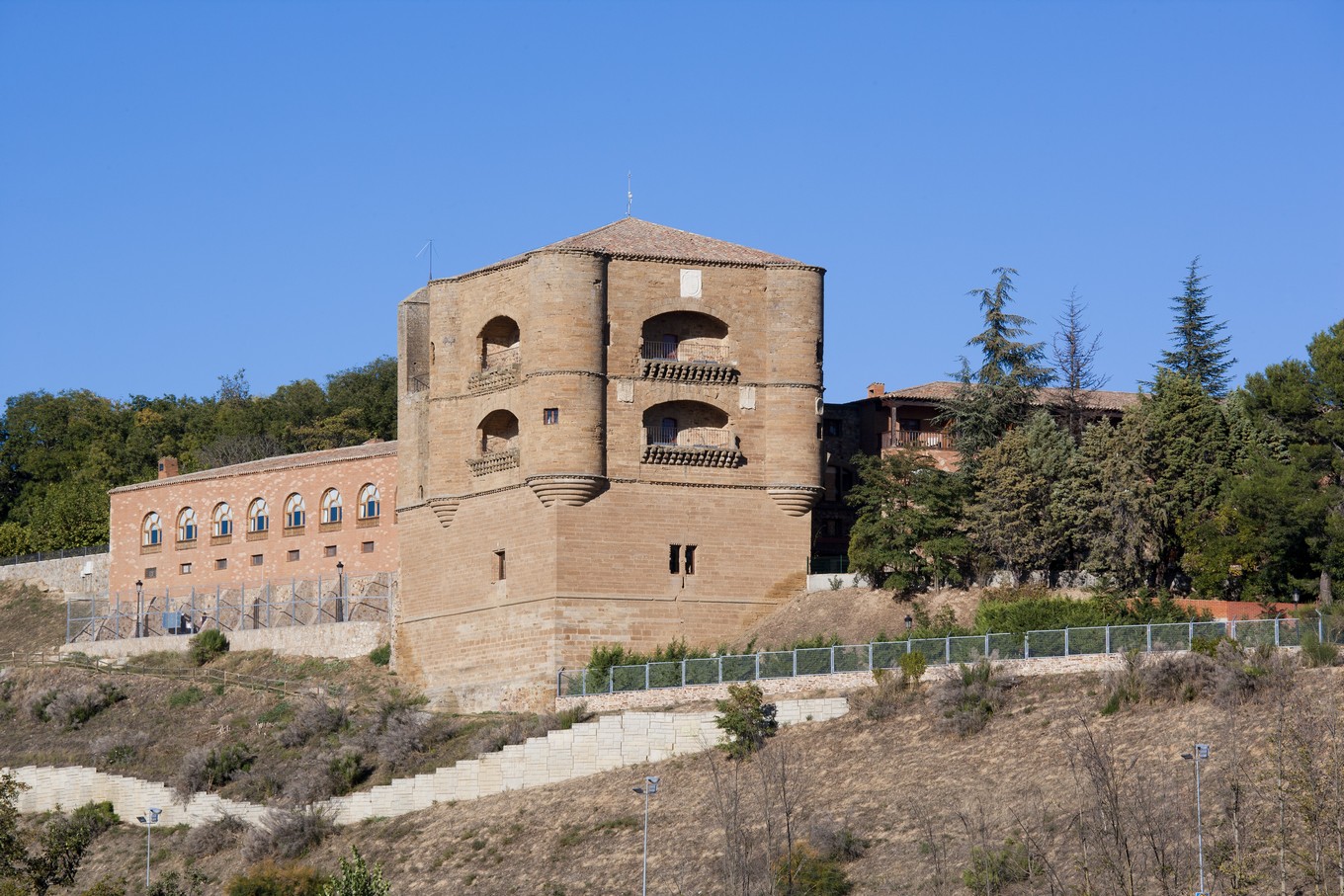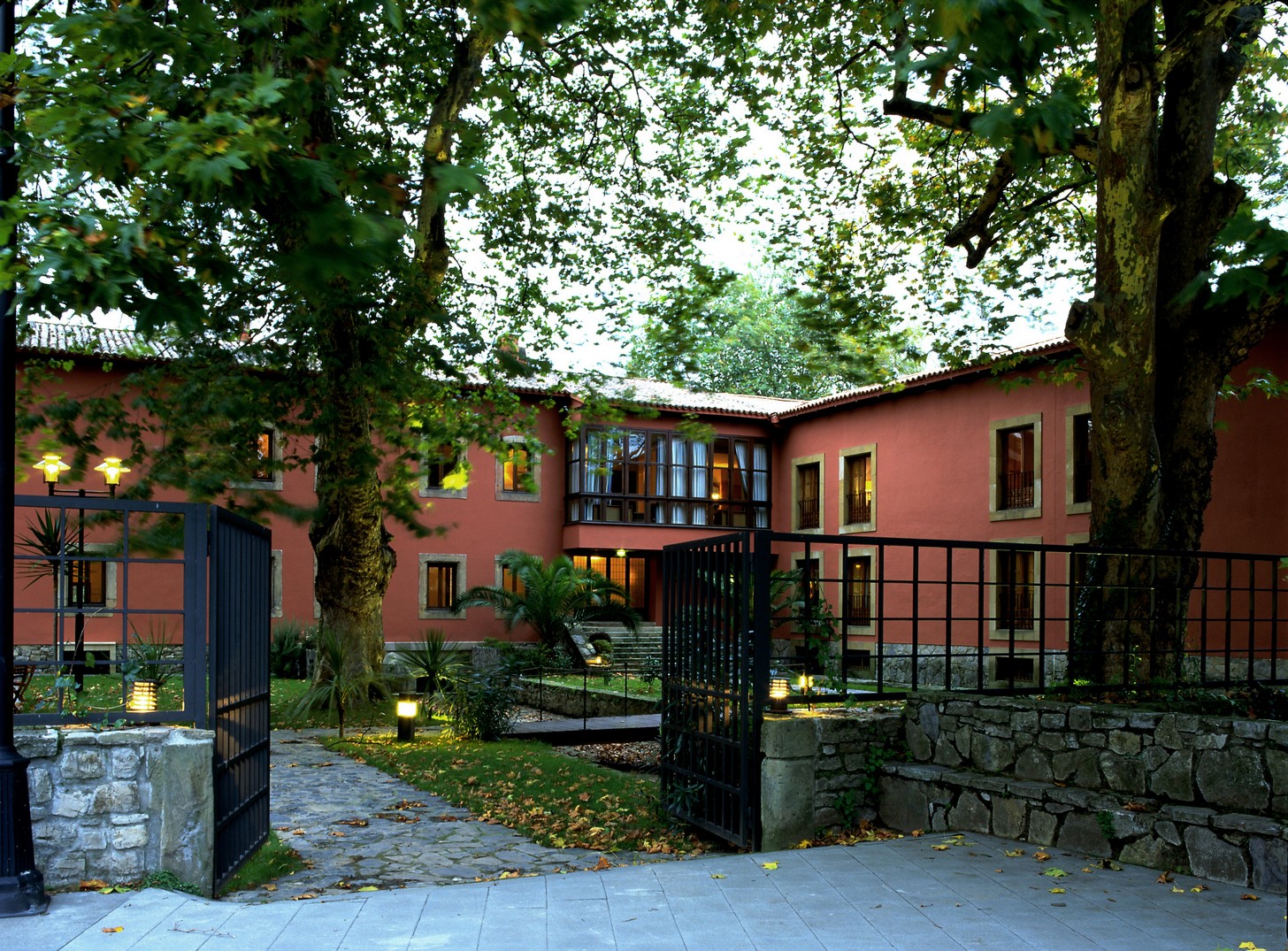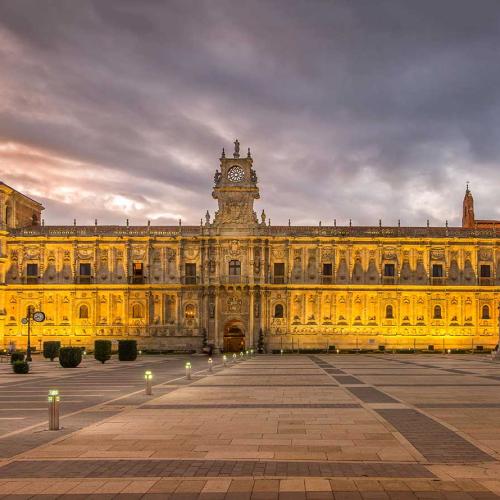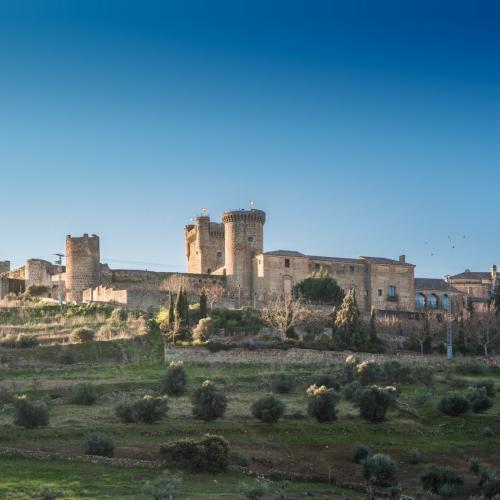Because history on this two-thousand year old route oozes from every pore: although way back in prehistoric times the route was already used by traders and hunters, the origin of its layout is roman, and its name actually comes from the Arabs who called the road they encountered when they arrived on the peninsula Balath or BaLaTa (meaning "paved road"), which would later become "Plata" ("silver" in spanish). since then, this name has been used for this decisive communication axis along which all the cultures and peoples arriving on the Iberian Peninsula have travelled. All these preceding travellers contributed to shape a route that, centuries later, still continues to fascinate those wanting to devour kilometres and discover, following the trails of the past, an inviting itinerary, today one of the major spanish and European routes. A journey that is also ideally suited to the needs of motorcycle tourers, who will not only experience the tarmac beneath their tyres, but will also enjoy a fantastic itinerary full of contrasts covering a territory 800 km in length, crossing four Autonomous Communities.
In the south, Seville, we already begin to see the contrast that will be the distinguishing feature of this legendary route, beginning with the unsurpassable colour of this Andalusian capital.
But, first, it is well worth following the ancient Vía Augusta, the few kilometres that separate it from Carmona, with its impressive Alcázar, today the Parador, overlooking the fertile plain and a beautiful town of narrow streets and whitewashed houses.
If Seville means an unbeatable start, as our journey progresses, the traveller can enjoy, kilometre after kilometre, the transformation of a landscape which will take you from the Guadalquivir Valley to the gentle pasture lands (dehesas) of Extremadura where the renowned Iberian pigs graze, from which the exquisite pork products which delight the most discerning palates are made. Villages like Montemolín and its Arab fortress, Fuente de Cantos, homeland of Zurbarán, or Calzadilla de los Barros, with a magnificent altarpiece, set the pace in the province of Badajoz
In the province of Cáceres, we have the towns of Casar de Cáceres, with its excellent cheese of the same name, Carcaboso and its milestones, Baños de Montemayor and its spa of roman origin, or Hervás with its beautiful Jewish quarter, as well as Plasencia and its magnificent historic town centre where you will find its splendid Parador, combining important cultural heritage and breath-taking areas of natural beauty where winding roads will offer an unforgettable experience to two-wheel riders
In Castilla y León, after going through Sierra de Béjar, in this town of recent industrial past in the Salamanca region, the traveller will find one of the oldest bullrings in Spain. After leaving the dehesa landscape, contact will be made with the great Castilian plains where the lone tarmac road will lead us to the romanesque architecture of Zamora and Benavente and their beautiful Paradores.
The winemaking tradition of La Bañeza and its curious motorcycling trial that uses the town centre as a speed circuit, the imposing presence of the cathedral in the city of León, founded by the romans, or the Biosphere reserve of Alto Bernesga in La Pola de Gordón, are further landmarks not to be missed on our journey along the route.
On reaching Asturias, we discover the Cantabrian sea after crossing a mountain range of the same name with spectacular summits between the municipalities of Lena and Aller, with their outstanding ski resorts or the preromanesque church of Santa Cristina de Lena (World Heritage site). The mountains gradually turn into rolling hills on both sides of the road, of an intense green, dotted with hamlets, where ancient customs still prevail, such as in Ribera de Arriba and the Bueño hórreos (traditional grain stores), as well as areas where industrial activity is still pre- sent, following in the footsteps of the exploitation of coal mines opened here in the 19th century. Other spots to be highlighted along the route are The Angliru, one of the most demanding climbs for cyclists, near Riosa, the exquisite Afuega'l Pitu cheese from Morcín, or the pretty valley of Cuna-Cenera in Mieres. The road continues its unstoppable course towards the centre of the region, where we will find Llanera, an important landmark of roman Asturias, leading us on to the city of Gijón, ancient port that has successfully reinvented itself around its bay, now a modern and welcoming city, to its Parador and time for a well-deserved rest.

